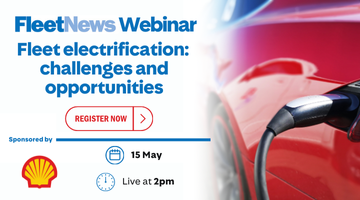Mercedes-Benz bosses say yes, unveiling the DiesOtto prototype to prove it, and they’re already acknowledging it will be of huge interest to the fleet market.
Engineers say the 1.8-litre four-cylinder unit offers the torque and fuel consumption of a diesel, but with the power and emissions quality of a petrol – the fuel on which it runs.
Despite its small size, performance is impressive, with up to 238bhp and 295lb-ft – more than a standard 3.5-litre V6 petrol engine or a 3.0-litre V6 diesel.
The DiesOtto is more efficient because it’s a smaller, more compact design, and uses two-stage serial turbocharging.
It has spark plugs at the top of each cylinder – as on a petrol engine – but they don’t fire on every cycle.
If the driver accelerates hard they will, but if he’s being more gentle ignition is caused by compression, as in a diesel. Mercedes calls this innovation Homogeneous Charge Compression Ignition.
Prof Dr Herbert Kohler, Mercedes-Benz’s vice-president of advanced engineering, vehicle and powertrain, said: “We have long finished the laboratory test phase and can now show that this can be put into practice. The DiesOtto is not only environmentally friendly, it will also be an interesting alternative for our fleet customers because of its economics.”
As to when it will appear in customer cars, he would only say “in the mid-term” which means at least five years from now.
One of the biggest issues will be cost to the motorist. Diesel cars are already more expensive because the engines cost more to make, and the extra technology involved on the DiesOtto could push the price even higher.
The new engine will make its debut at September’s Frankfurt Motor Show. Its unusual name comes from combining the word ‘diesel’ with Nikolaus Otto, the inventor of the gasoline engine in 1867.















Login to comment
Comments
No comments have been made yet.